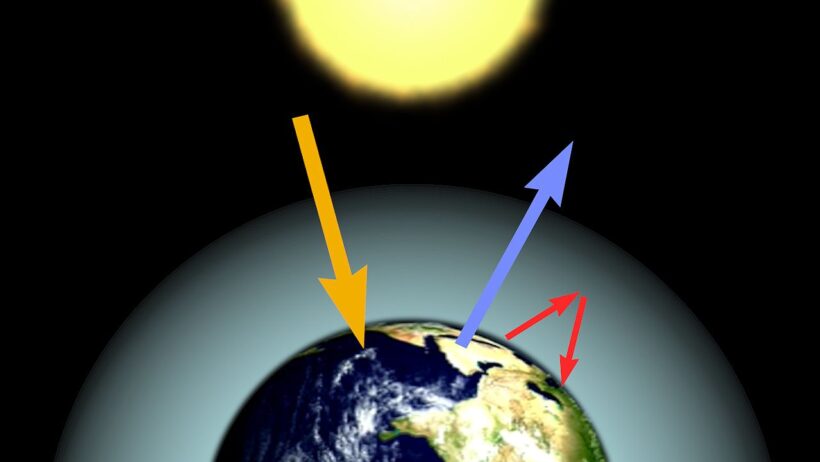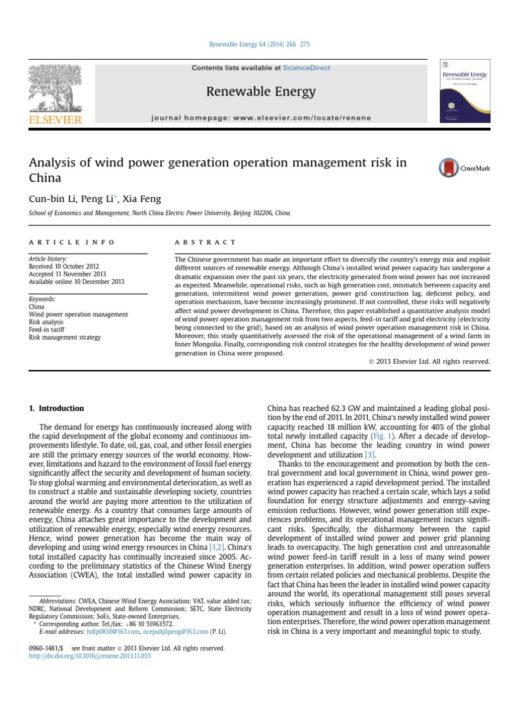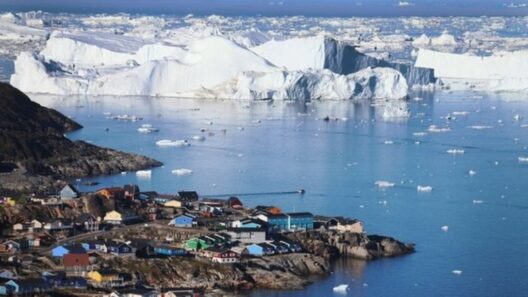The concept of the greenhouse effect is vital in understanding Earth’s climate and the intricate balance that sustains life. This phenomenon plays a pivotal role in keeping our planet warm enough to support a multitude of ecosystems. However, the significance of greenhouse gases extends far beyond mere temperature regulation; it encompasses the very fabric of our planet’s habitability.
This article delves into the complexities of the greenhouse effect, elucidating the mechanisms at play and emphasizing the necessity of greenhouse gases for life on Earth. Furthermore, it will explore the repercussions of increasing levels of these gases due to human activity, highlighting the need for urgent action to mitigate climate change.
Understanding the Greenhouse Effect: A Delicate Balance
The greenhouse effect is a natural process that occurs when certain gases in the Earth’s atmosphere trap heat from the sun. This process begins with solar radiation penetrating the atmosphere. When sunlight reaches the Earth’s surface, it is absorbed and subsequently re-radiated as infrared energy, or heat. Greenhouse gases, primarily carbon dioxide, methane, nitrous oxide, and water vapor, absorb this heat energy, preventing it from escaping back into space.
This absorption and re-emission of infrared radiation create a thermal blanket around the Earth, ensuring that the planet maintains an average temperature conducive to sustaining life. Without this blanket, the Earth’s average temperature would plummet, making it inhospitable. The equilibrium established by the greenhouse effect is essential for the maintenance of ecosystems, weather patterns, and overall biodiversity.
Types of Greenhouse Gases and Their Sources
Each greenhouse gas has unique properties and varying effects on the climate, contributing differently to the overall greenhouse effect. Understanding these gases and their sources provides insight into their impact on the environment.
Carbon Dioxide (CO₂): The Dominant Player
Carbon dioxide is perhaps the most well-known greenhouse gas, accounting for a significant portion of human-induced climate change. It is released through various human activities, such as fossil fuel combustion, deforestation, and certain industrial processes. The long atmospheric lifetime of CO₂, which can remain in the atmosphere for centuries, makes it particularly concerning.
Methane (CH₄): A Potent Warming Agent
Methane is another critical greenhouse gas with a far greater heat-trapping capability than CO₂ but exists in smaller quantities. Its sources are diverse, ranging from livestock digestion, rice paddies, and landfills to oil and gas production. Despite its shorter atmospheric lifespan of approximately a decade, methane’s efficacy at trapping heat means that even small increases can significantly influence global temperatures.
Nitrous Oxide (N₂O): A Silent Contributor
Nitrous oxide is primarily released from agricultural and industrial activities, as well as during the combustion of fossil fuels and solid waste. While present in much lower concentrations than CO₂ and CH₄, nitrous oxide is about 298 times more effective at trapping heat over a century, underscoring its potential impact on climate change.
Water Vapor: The Amplifier
Water vapor is unique among greenhouse gases as it is not directly emitted by human activities, but rather, its levels fluctuate with temperature. As the Earth warms due to human-induced emissions, higher temperatures lead to increased evaporation, thereby raising the levels of water vapor in the atmosphere. This, in turn, amplifies the greenhouse effect, creating a feedback loop that exacerbates climate change.
The Interconnectedness of Ecosystems and Climate
The greenhouse effect is intrinsically linked to the stability of ecosystems. Temperature changes resulting from fluctuations in greenhouse gas concentrations can alter climate patterns, affecting precipitation, seasonal cycles, and habitats. This disruption can have cascading effects on flora and fauna, potentially leading to extinctions and diminished biodiversity.
Additionally, human activities such as deforestation, urbanization, and industrialization contribute to habitat degradation, placing further strain on the planet’s ecosystems. The consequences can ripple through the food web, altering predator-prey dynamics and leading to increased vulnerability of certain species.
Mitigation Efforts: The Path Forward
Addressing the challenges posed by the greenhouse effect requires a multifaceted approach. Transitioning to renewable energy sources, enhancing energy efficiency, and promoting sustainable land use are critical actions necessary to reduce greenhouse gas emissions. By adopting policies that support green technology and carbon-neutral practices, we can mitigate the adverse impacts of climate change while promoting ecological resilience.
Reforestation and afforestation initiatives also play a crucial role in sequestering carbon dioxide, thereby counteracting emissions. By restoring degraded ecosystems, we not only enhance biodiversity but also bolster the planet’s capability to absorb greenhouse gases effectively.
The Crucial Importance of the Greenhouse Effect
In sum, the greenhouse effect is not merely a scientific concept; it is the foundational process that allows Earth to sustain life as we know it. While greenhouse gases are essential for maintaining the planet’s temperature, human activities are driving their concentrations to unprecedented levels. The result is a changing climate with profound implications for all life forms.
Recognizing the importance of the greenhouse effect and the role of greenhouse gases is critical for fostering a sustainable future. As global citizens, we must embrace responsibility and advocate for actions that will ensure the preservation and health of our planet for generations to come.







